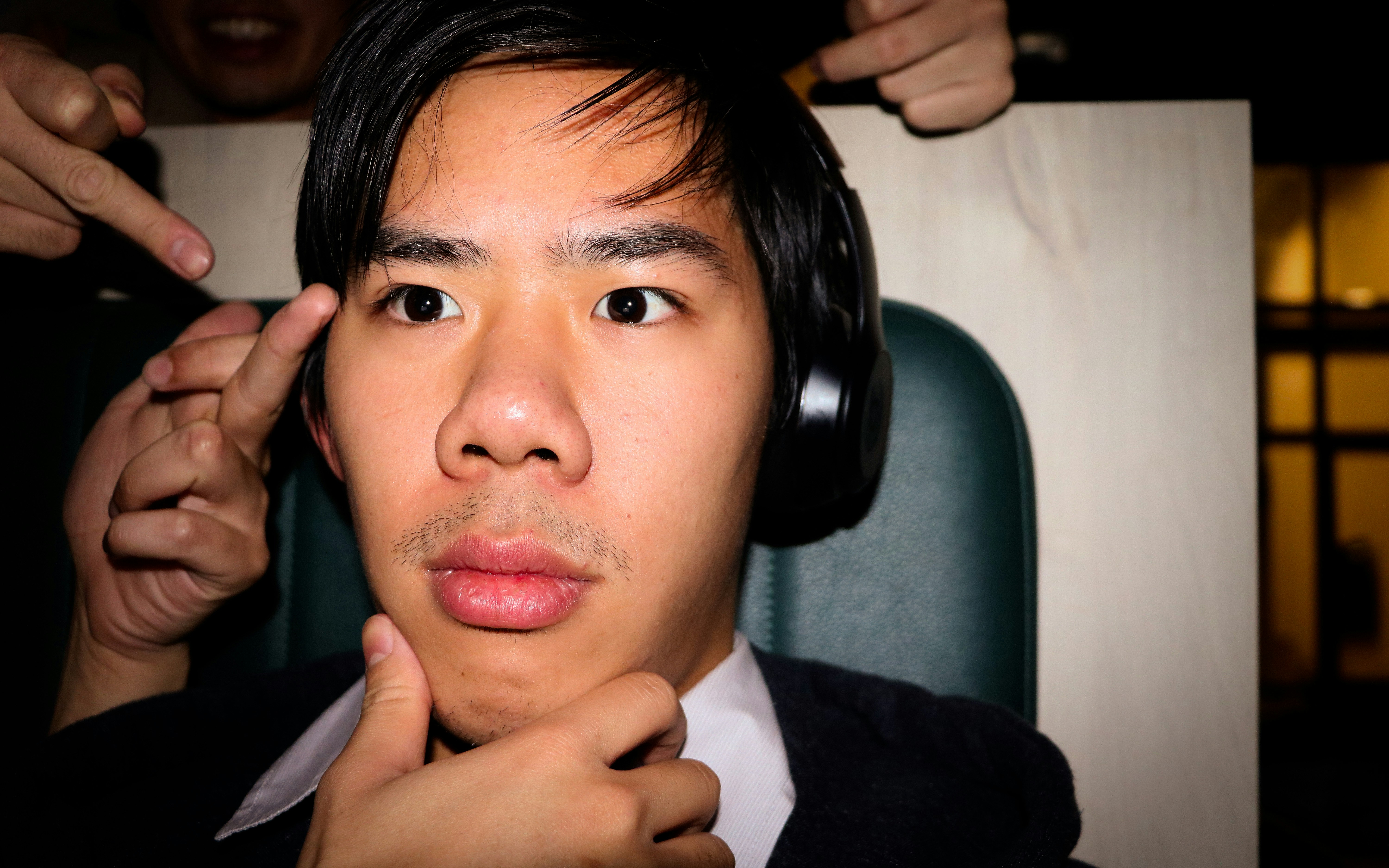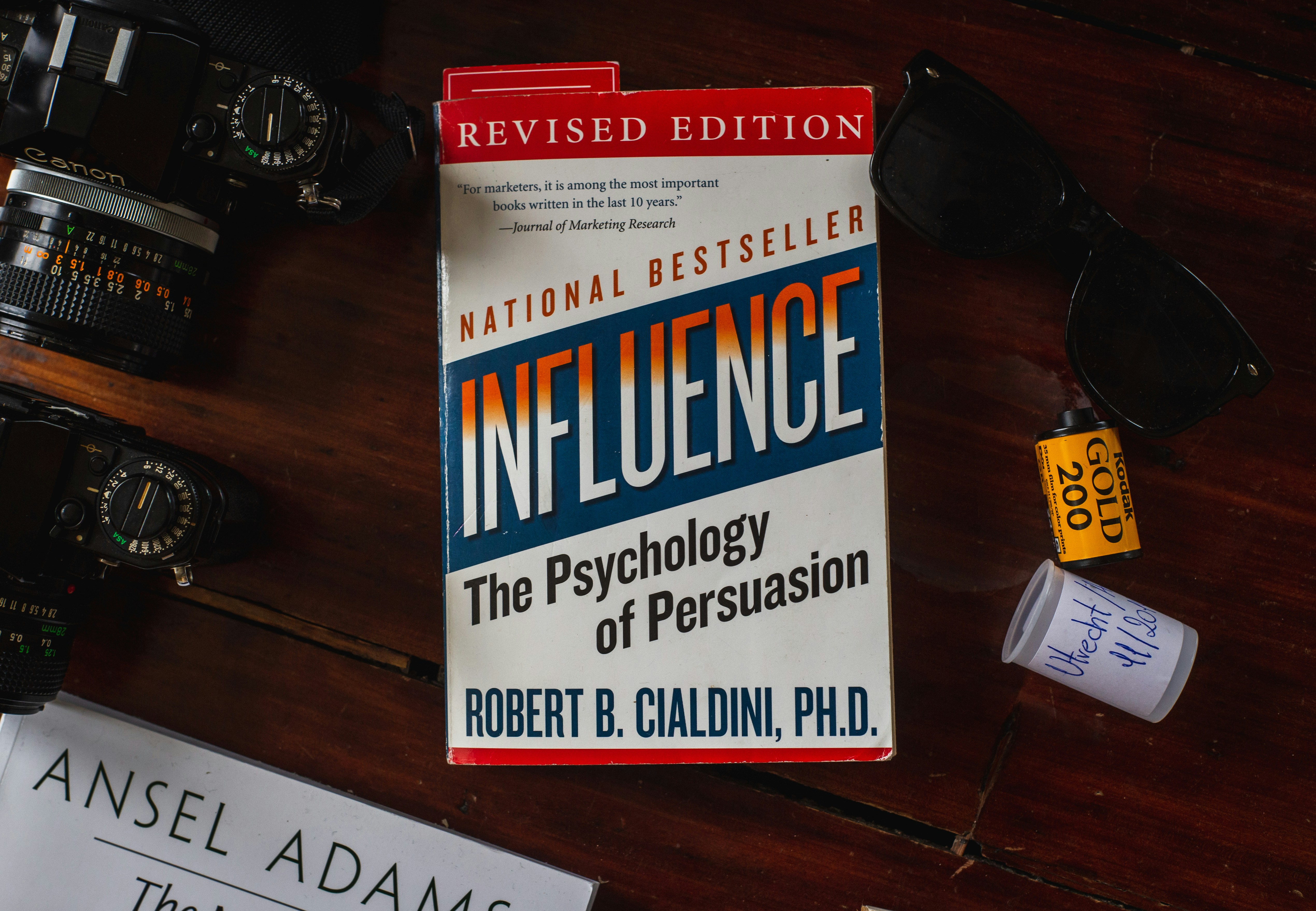
Understanding Emotional Tug-of-War
Emotional tug-of-war refers to the internal conflict that arises when individuals are faced with contradictory feelings or choices, often leading to indecision and uncertainty. This phenomenon is not uncommon; it surfaces in various aspects of daily life, influencing our choices and behaviors significantly. Emotional tug-of-war exemplifies the struggle between opposing desires, values, or beliefs, creating a psychological state that can be both confusing and distressing. For instance, a person may feel torn between pursuing a passion that invigorates them and adhering to a more conventional career path that promises stability. Such scenarios highlight the ongoing negotiation within our minds as we weigh the pros and cons of multiple options.
Several psychological and emotional factors contribute to the emergence of these conflicting feelings. Fear of failure or rejection, societal expectations, and personal insecurities can all factor into decision-making. When faced with multiple choices, individuals often experience anxiety regarding potential outcomes, which complicates their ability to make a confident decision. For example, a graduate may vacillate between accepting a job offer that ensures financial security and the allure of traveling the world, which fosters a sense of adventure but potentially destabilizes their career trajectory.
Another common scenario involves relationships, where individuals may experience emotional tug-of-war over the decision to pursue a romantic interest or maintain a comfortable but unsatisfying partnership. These manifesting internal conflicts often lead to feelings of guilt or regret, compounded by the pressure of societal norms and expectations. Understanding emotional tug-of-war is essential as it lays the groundwork for exploring the neuroscience that underpins these conflicting choices, ultimately leading to insights into how our brains process emotions and decisions in complex environments.
The Neuroscience of Decision-Making
Decision-making is a complex cognitive process intimately tied to our emotions and rationality, grounded in the intricate neural architecture of the human brain. Central to this process are two critical brain structures: the prefrontal cortex and the amygdala. The prefrontal cortex, located at the front of the brain, is responsible for higher-order thinking, enabling us to analyze options, foresee consequences, and plan ahead. This region is essential in weighing the pros and cons of contradictory choices, providing the cognitive tools needed to navigate the complexities of daily life.
In contrast, the amygdala plays a pivotal role in processing emotions and threats, responding rapidly to stimuli that elicit an emotional reaction. When faced with contradictory choices, this structure can provoke feelings of anxiety or fear based on past experiences. The interplay between the prefrontal cortex and the amygdala illustrates how emotional responses can influence rational thought. For example, a person may attempt to make a logical decision about career choices, yet the emotional weight of past job experiences can lead to confusion or hesitation.
Recent studies in neuroscience have shed light on how these brain regions interact during decision-making. Functional MRI scans demonstrated that when individuals face conflicting choices, both the amygdala and prefrontal cortex exhibit heightened activity. This finding suggests that the balancing of emotional impulses and rational evaluation is an important aspect of how we reach conclusions. Additionally, research has shown that varying degrees of stress can affect the efficiency of this neural collaboration, impacting one’s ability to make sound decisions. Ultimately, understanding the neuroscience behind decision-making allows for a deeper comprehension of how we navigate life’s emotional tug-of-war, particularly when confronting contradictory choices.
The Role of Emotions in Choices
Emotions play a critical role in the process of making choices, often guiding decisions in a way that reflects both our personal values and immediate psychological states. The interplay between emotion and choice can be examined through various theoretical lenses, one of the most notable being the somatic marker hypothesis proposed by neuroscientist Antonio Damasio. This hypothesis suggests that emotions enable individuals to navigate complex decision-making scenarios by associating certain emotions with past outcomes. When faced with choices, the body often experiences physiological responses that signal potential risks or benefits based on prior experiences.
For instance, consider a professional scenario where an employee must decide between accepting a promotion that demands a significant increase in work hours or maintaining a balanced lifestyle with a less demanding position. The individual’s emotions can heavily influence this decision, as feelings of ambition may spur excitement for the promotion, while anxiety about longer work hours may evoke concerns about personal wellness. Such internal conflicts exemplify how emotions both guide and complicate our decisions, affecting our perception of risk and reward.
Case studies illustrate the real-life implications of emotional influence on decision-making. A study involving investment decisions demonstrated that individuals often allowed their emotions to dictate their choices, with many reacting to market fluctuations based on feelings rather than rational assessments. The results indicated a tendency to cling to losing investments out of fear or regret, while indiscriminately pursuing high-risk stocks driven by excitement and a desire for quick gains. Such behaviors reveal the necessity of acknowledging emotional currents in daily life, particularly in making choices that span both personal and professional spheres.
In conclusion, understanding the role of emotions in our decision-making processes provides valuable insights into how feelings can shape, steer, and sometimes hinder our choices. By recognizing the complex interplay between emotions and rational thought, individuals can better navigate their own emotional landscapes and make more informed decisions in various aspects of life.
Strategies to Navigate Emotional Conflicts
Navigating emotional conflicts can often feel like an overwhelming journey, as individuals are frequently faced with contradictory emotions that can cloud their judgment. To manage these emotional tug-of-wars effectively, certain strategies can be employed to provide clarity and confidence in decision-making processes. One pivotal method is grounding, which involves anchoring oneself in the present moment. Techniques such as deep breathing, mindfulness meditation, or engaging in physical activities can help individuals reconnect with their body, providing a calming effect that allows for better emotional regulation.
Another key step is recognizing when emotions are distorting judgment. Individuals should cultivate self-awareness by checking in with their emotional state during decision-making. Keeping a journal to record feelings and thoughts can serve as a reflective practice, enabling one to discern emotional states that may influence decision outcomes. Awareness of emotional triggers is essential; once individuals identify these triggers, they can implement strategies to mitigate their effects, thereby enhancing rational thinking.
Balancing instinct with rational thought is equally significant in managing emotional conflicts. This can be accomplished by employing a decision-making framework that incorporates both emotional responses and logical considerations. For example, creating a pros-and-cons list can provide a structured approach to evaluate options, allowing individuals to see beyond their emotional responses and consider the broader context of their choices.
Lastly, enhancing emotional intelligence is fundamental for navigating inner conflicts. This can involve active listening to one’s emotional experiences, empathy towards others’ experiences, and practicing emotional regulation techniques. By developing a deeper understanding of their emotional landscape, individuals empower themselves to navigate choices with greater insight and control. Ultimately, by incorporating these strategies, one can approach emotional conflict management with a renewed sense of confidence and clarity.






